11 Important Houseplants Care Practices for Healthy Plants
Some links in this post may be affiliate links
When growing in their native habitat, houseplants depend on the natural elements for their needs. When grown indoor these houseplants depend on you to provide them with their essential requirements.
It is imperative to try as much as possible to replicate their natural environment in your home. There is no specific houseplants care routine that suits all houseplants but the general requirements are Water, Light, Humidity, Warmth, Food and Pruning.
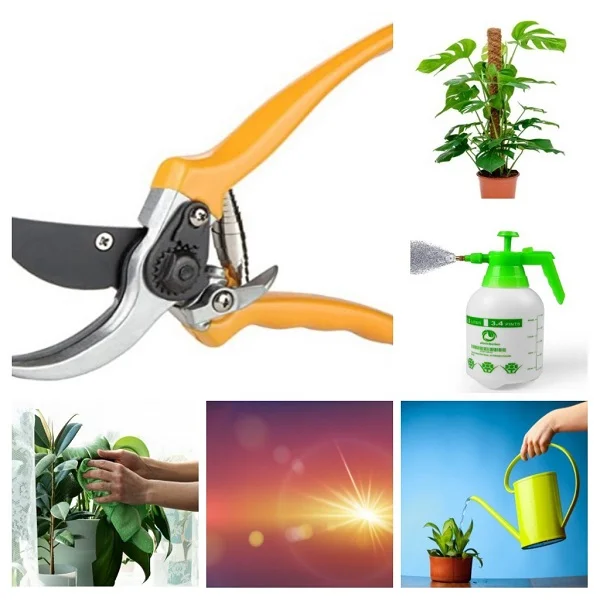
In the beginning, it may be difficult to tell what your plant needs but with time and experience everything becomes easy. To begin with, spend a few minutes looking carefully at the leaves, stems and soil.
The appearance of the foliage will tell you when to water and when light, temperature, humidity or feeding are wrong. The appearance and feel of the soil will tell you when water is required.
Regular inspection of your plants will also help you deal with timely pests and diseases control as well as correct any cultural faults as soon as they occur.
At the same time remember that prevention is better than cure. Being cautious will save you a lot of trouble, time, money and heartache. To make it easier for you we have outlined herebelow the most important houseplant care practices.
11 Important Houseplants Care Practices
1. How to Water Houseplants Correctly
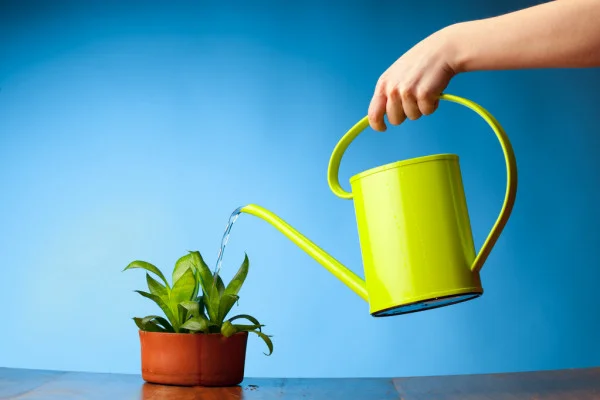
Water is one of the major requirements for the proper growth of houseplants and without water a houseplant will die. This means that providing water for a houseplant is key and not just water but the correct amount, at the right time and the proper way.
Most plants are killed by overwatering than any other single cause. Watering houseplants the proper way is crucial in order to ensure their growth.
Read more on how to water houseplants the right way
2. Understanding Natural Light for Houseplants

Houseplants require light to grow and live. Light is one of the major components required for plants to make their own food for growth and energy.
The process of making food in plants called photosynthesis only occurs in the presence of light energy.
Therefore it is very important to provide houseplants with the correct light amount and intensity to ensure that they are growing and remain healthy.
Check out this guide on understanding natural light for houseplants
3. Understanding Temperature for Houseplants

It is important to maintain the right temperature range for your houseplants. Having their origin in the tropical regions of the world, most plants require a fairly constant warm temperature during the growing season and a slightly lower temperature during the dormancy (resting) period.
If the temperature is not right, growth may suffer and the plant may even die. However, majority of plants are highly tolerant and will survive temperatures slightly above or below their preferred range for short periods of time.
Check out this guide on understanding temperature for houseplants
4. How to Raise Humidity for Houseplants

Sometimes especially when the indoor temperatures are high, the indoor air can be quite dry. Very few houseplants can tolerate dry air; most plants require the surrounding air to be moist for optimum growth.
Various techniques can be employed to create a micro-climate of moist air around the plants while the rest of the room remains dry.
Check out these techniques on how to raise (increase) humidity for houseplants
5. How to Feed Houseplants (Fertilizer for Indoor Plants)
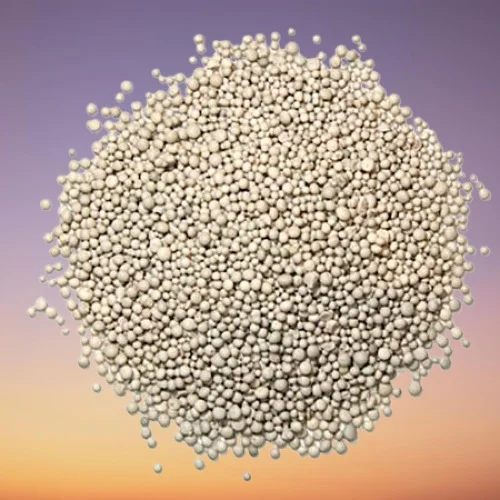
Feeding houseplants involves providing them with the nutrients they require for growth and good health.
Plants need an adequate supply of the three major nutrients (macro-nutrients) and small amounts of trace elements (micro-nutrients).
If these nutrients are missing or are inadequate, the houseplants will present with deficiency symptoms (poor growth). An excess of these nutrients will also cause problems for your plants.
Read more on how to feed houseplants (Plant Foods)
6. How to Prune Houseplants
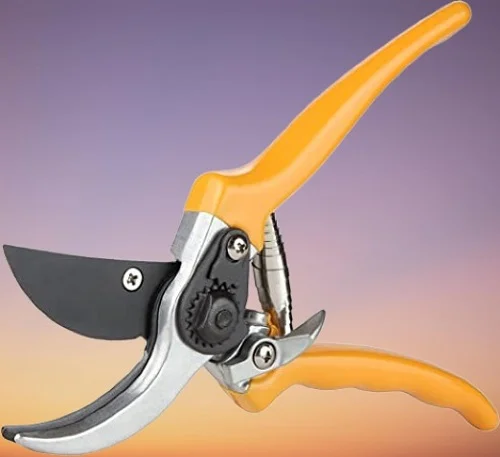
Pruning houseplants is meant to control the growth of the houseplants, rejuvenate growth and keep the plant neat and attractive.
The various activities involved in pruning are important and they vary from one plant to the other.
It is important to understand which activity is approprate for the particular plant. The three major pruning activities are pinching out (stopping), cutting back and trimming.
Learn more on how to prune houseplants
7. How to Clean Houseplants
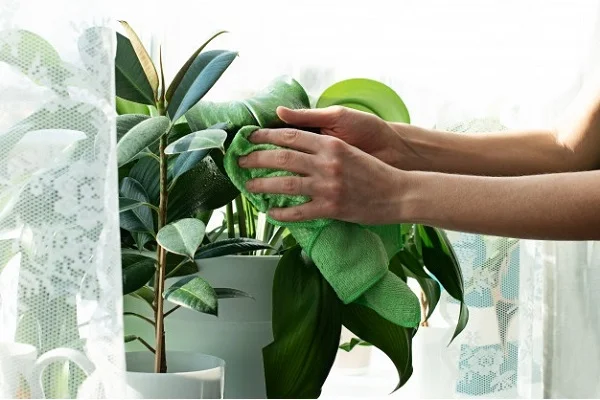
Cleaning houseplants is one the houseplants grooming procedures which are meant to keep the plant healthy, neat and attractive.
Houseplants leaves can gather a lot of dust from the air. Getting rid of this dust is an important grooming practice.
Dusty leaves are unattractive, dust blocks the pores which hinders the plant from breathing properly, reduces light which is necessary for photosynthesis.
Read more on how to clean houseplants
8. How to Train Houseplants
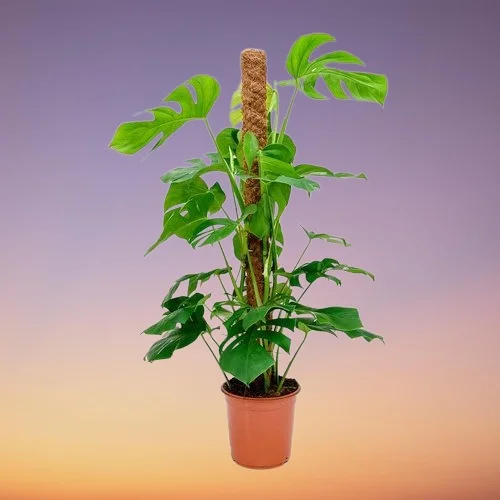
Training plants involes providing support for stems to ensure maximum display. It is necessary for climbing plants, plants with long and weak stems, houseplants which bear heavy flower-heads and for plants whose stems are brittle.
Training a plant needs to be done while the growth is still young, fresh and flexible to avoid causing damage to the plant.
The support can be provided in different ways depending on availability and personal preferences as well as the houseplant concerned.
Learn more on how to train houseplants
9. Houseplants Pests and their Control
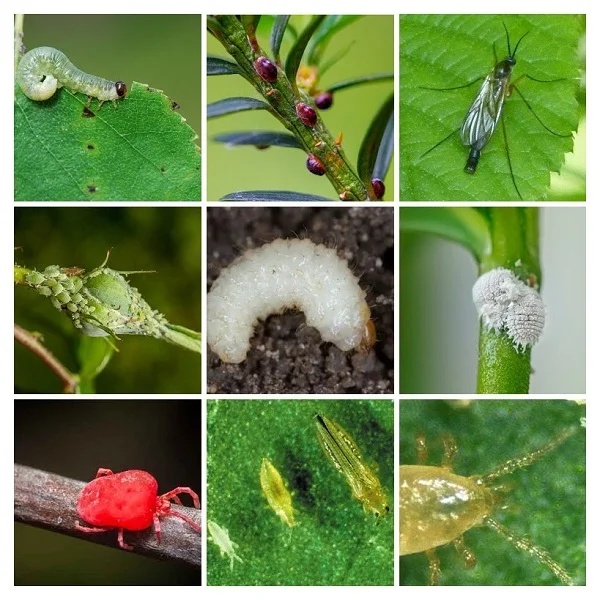
No matter how much we may try to avoid pests, houseplants may sometimes get infested by pests. The key is to be on the look out for any pest infestation and to carry out control measures immediately they are noticed.
If controlled on time, pests are unlikely to cause any serious damage to houseplants.
However, if they are left untreated, they can spread very fast and cause serious damage or even loss of houseplants.
Check out these 12 houseplants pests (bugs), their identification and treatment
10. Houseplants Diseases and their Control
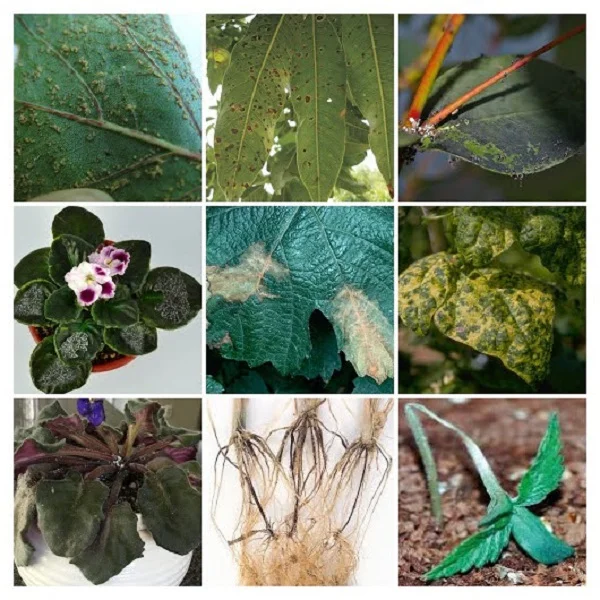
Houseplants may get attacked by diseases. Usually, the appearance of a disease is a sign of poor growing conditions.
Any delay in the control of houseplant disease may result in spread to other houseplants which may then become uncontrollable leading to loss of your houseplants.
The key is to regularly inspect your houseplants for any signs of disease, treat any disease immediately and correct the cultural fault leading to the problem.
Here are 12 houseplants diseases, their identification, causes and treatment
11. Houseplants Winter Care
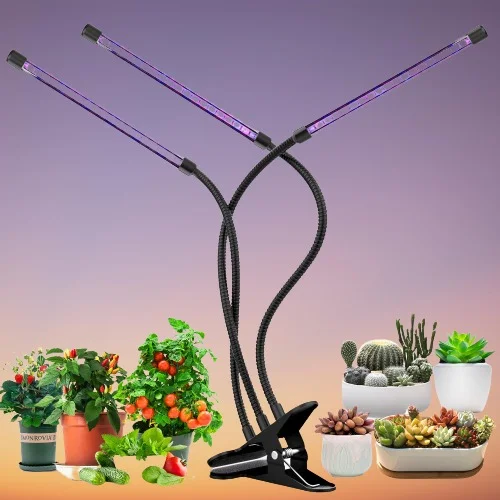
To keep your houseplants alive during winter, it is important to understand their specific requirements at this time of the year. Therefore, it is a good idea to research on the particular plant in question.
Generally, tropical plants are accustomed to growing in conditions which remain fairly constant through out the year. They do not have the same dormant period as those plants originating from the temperate regions. Therefore, to keep your plants alive in winter, try to mimic the winter conditions of the regions where they originate from.
Houseplants winter care involves increasing lighting, reducing watering, cleaning the leaves, maintaining warm temperatures, raising humidity, withholding feeding among others. Read more on how to take care of houseplants in winter
You liked it? Share on social media.
Amazon Associates Disclosure
Homeplantsguide.com is a participant in the Amazon Services LLC Associates Program, an affiliate advertising program designed to provide a means for sites to earn advertising fees by advertising and linking to amazon.com.